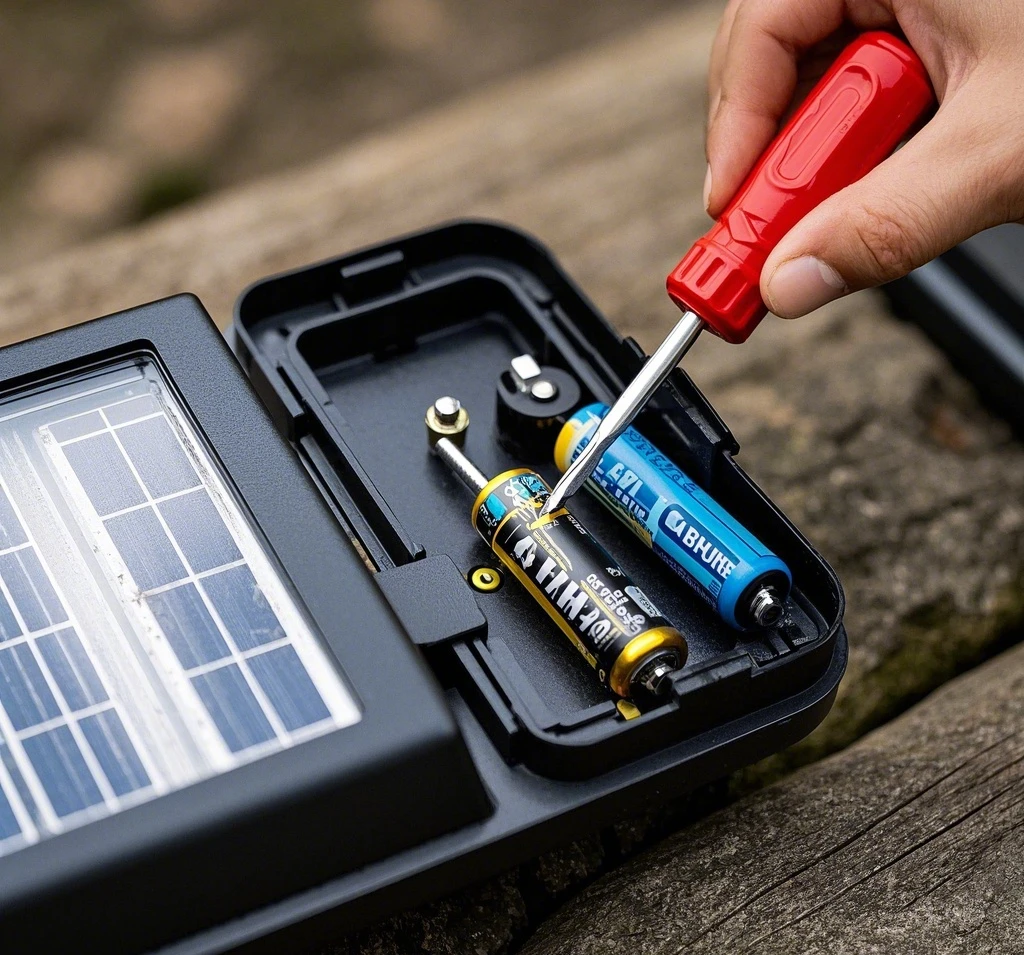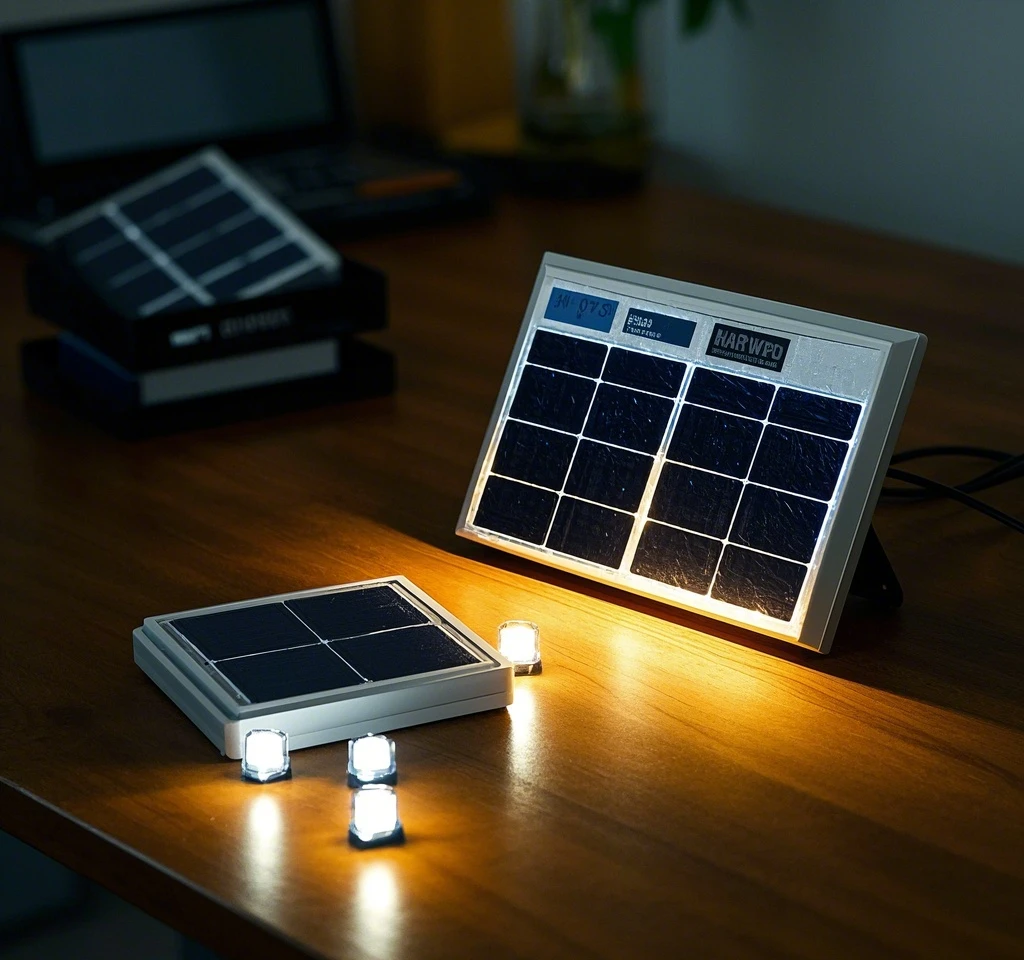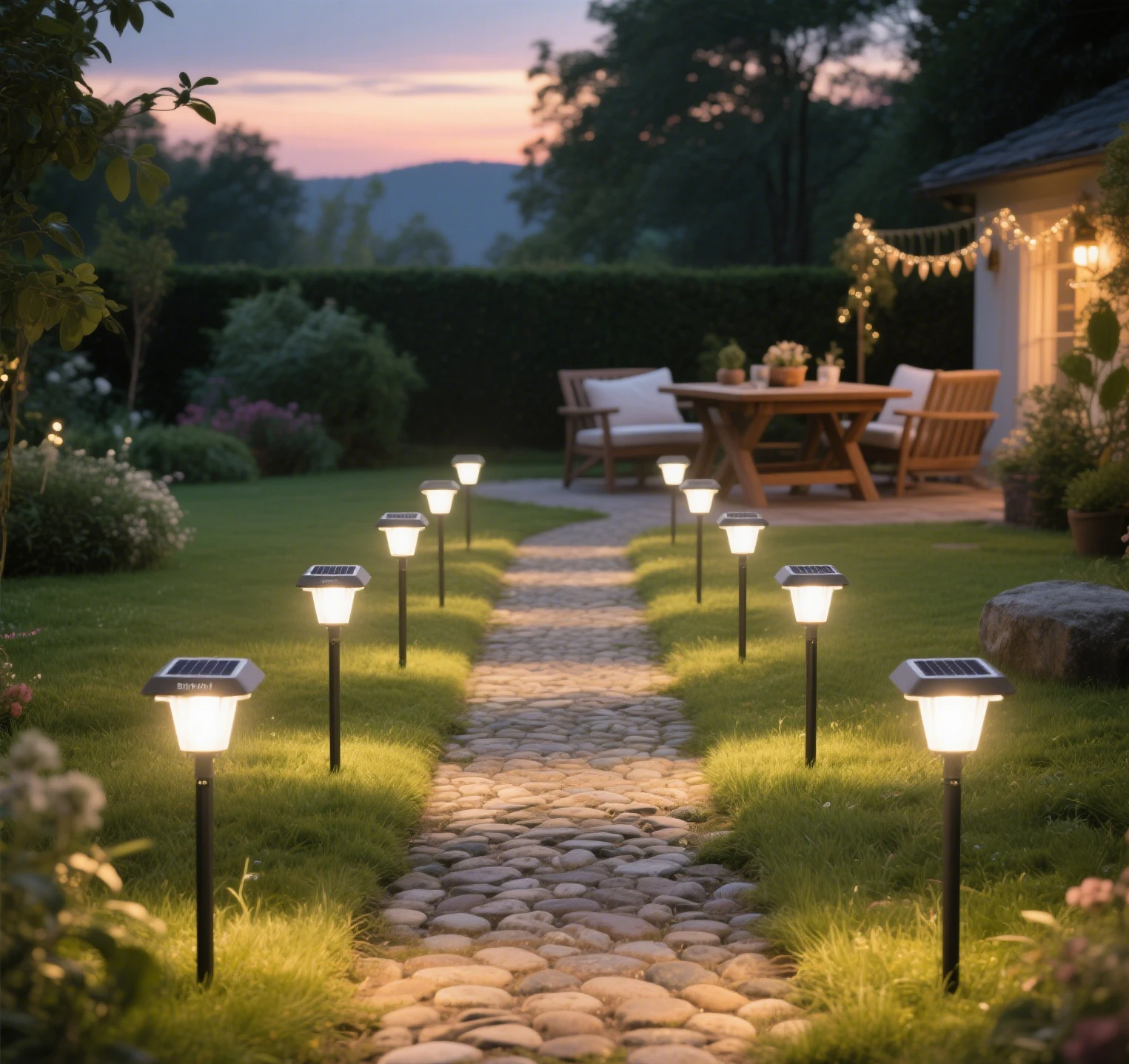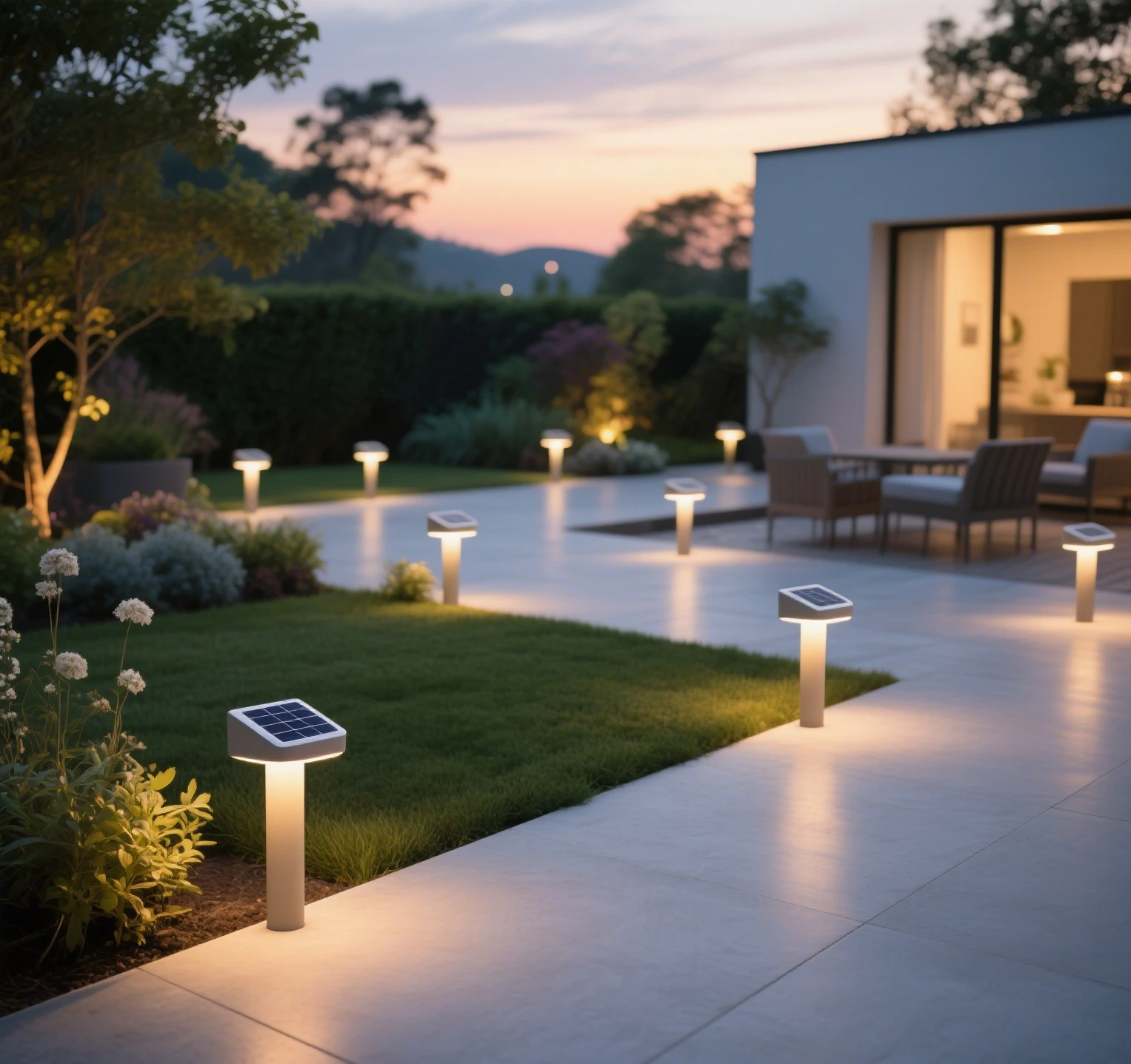Solar garden lights, known for their eco-friendly, energy-saving, and easy-to-install features, are an ideal choice for courtyard, pathway, and garden lighting. However, during use, solar garden lights may encounter issues such as not lighting up, flickering, or intermittently failing to work, which can affect the lighting experience. These problems may stem from various factors, including the light source, solar panel, controller, wiring, or construction quality. This article will analyze the common reasons why solar garden lights stop working and provide practical solutions to help you quickly restore their functionality.

1. Light Source Damage: Inspection and Replacement
Light source damage is one of the most common reasons for solar garden lights not working. Due to natural aging, human-induced damage, or poor product quality, the LED light source may fail to illuminate, flicker, or produce insufficient brightness. For instance, low-quality fixtures with poor heat dissipation in LED beads may burn out after prolonged use, causing the solar pathway light system to malfunction.
Solution: First, check the condition of the light source using a multimeter to test the LED beads’ connectivity. If the light source is confirmed damaged, replace it with an LED of the same model. When purchasing, prioritize LED beads with excellent heat dissipation and longer lifespan, such as those offered by high-quality brands like Bitpott, to ensure stable, long-term lighting.
2. Solar Panel Damage: Voltage Testing and Replacement
The solar panel is the energy source for solar garden lights. If it is damaged or its performance degrades, it may fail to charge the battery, impacting nighttime illumination. Common issues include dirty panel surfaces, cracked silicon cells, or aging, which reduce photoelectric conversion efficiency and output voltage.
Solution: Test the solar panel’s open-circuit voltage using a multimeter under no-load conditions. For a 12V system, the panel voltage should exceed 12V (typically 13-17V) to effectively charge the battery. If the voltage is below 12V, the panel is not functioning properly. Replace the solar panel and clean its surface regularly to ensure efficient sunlight absorption. Additionally, choosing monocrystalline silicon panels can improve conversion efficiency and extend lifespan.

3. Wiring Issues: Incorrect Polarity or Poor Contact
Wiring problems are another major cause of solar garden light failures. Incorrect connection of the solar panel’s positive and negative poles can cause the system to light up only once after installation, then fail to recharge the battery, rendering the solar pathway light inoperative. Additionally, loose or poor connections may lead to intermittent lighting or flickering.
Solution: Verify that the solar panel’s positive and negative poles are correctly connected. If reversed, swap them to restore normal charging. Also, inspect wiring terminals for looseness or oxidation to ensure good contact. During installation, use waterproof connectors and follow standardized wiring practices to prevent aging issues over time.
4. Controller Damage: Professional Repair for Core Component
The controller is the intelligent core of solar garden lights, managing charging, discharging, and lighting duration. A damaged controller may prevent the system from functioning, causing issues like no light, insufficient lighting duration, or erratic flickering. Common faults include burnt internal circuits, waterproofing failure, or software errors.
Solution: Check the controller’s indicator lights based on the manual to identify the fault type. Simple issues may be resolved by restarting the controller, but most cases require professional repair or replacement by contacting after-sales support. When purchasing, opt for controllers with overcharge/over-discharge protection and waterproof features, such as those in Bitpott’s products, to minimize failure rates.
5. Poor Construction Quality: Details Matter for Stability
Poor construction quality is another frequent cause of solar garden lights not working. Issues such as shallow cable trenches, non-standard pipeline installation, inadequate sand and brick covering, or substandard pre-embedded pipes can lead to cable breakage, insulator aging, or short circuits. Additionally, insufficient insulator thickness or low-quality materials can accelerate system degradation, affecting the stability of solar pathway lights.
Solution: Re-inspect construction details to ensure cable trenches are 50-60 cm deep, pipelines are laid flat with standard sand and brick coverage, and pre-embedded pipes meet design requirements. Insulator thickness should comply with outdoor standards. If construction issues are found, hire a professional team for rectification and use high-quality cables and components to enhance system durability.
Preventive Measures: Extending Solar Garden Light Lifespan
To prevent frequent issues with solar garden lights not working, regular maintenance and preventive measures are essential. First, periodically inspect the light source, solar panel, and wiring, and clean dust or debris from the panel surface. Second, choose reliable, high-quality products, such as Bitpott’s solar garden lights, which feature premium components and rigorous quality control to significantly reduce failure rates. Finally, ensure standardized construction by hiring professionals to avoid issues caused by installation errors.
Conclusion
Solar garden lights may fail to light due to damaged light sources, solar panel issues, wiring errors, controller failures, or poor construction quality. By systematically troubleshooting and applying the appropriate solutions, most issues can be effectively resolved. We hope this guide to common problems and solutions helps you quickly restore your solar garden light’s functionality, allowing eco-friendly and energy-saving illumination to continue enhancing your courtyard’s ambiance!







Leave a Reply